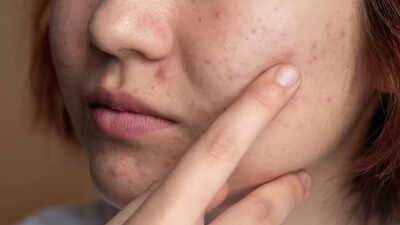Fatty Liver Symptoms: 4 ways fatty liver disease can show up on your face |
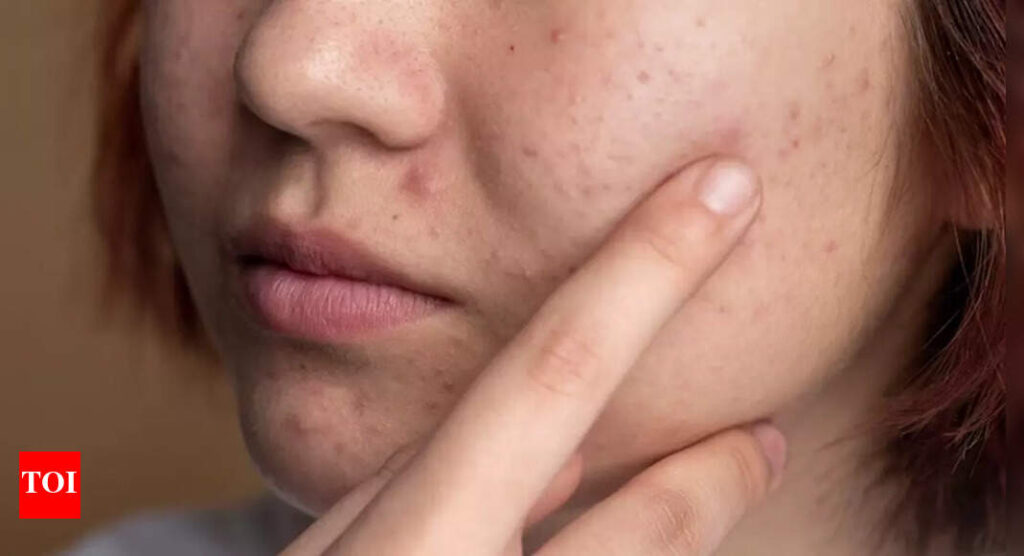
Fatty liver disease, particularly Non-Alcoholic Fatty Liver Disease (NAFLD), is a growing health concern, affecting an estimated 30.2% of the world’s population. Prevalence varies by region, with rates above 40% in the Americas and Southeast Asia.
What is Non-Alcoholic Fatty Liver Disease (NAFLD)?
Non-alcoholic fatty liver disease (NAFLD) is a condition where excess fat builds up in the liver, not caused by heavy alcohol consumption. It’s often linked to obesity, type 2 diabetes, and metabolic syndrome. NAFLD encompasses a spectrum of conditions, from simple fat buildup (NAFL) to more serious inflammation and scarring (NASH).Often termed the “silent epidemic,” NAFLD is often symptomless in its early stages. However, the liver’s strained function can manifest surprisingly on your face. Subtle signs like puffiness, discoloration, dryness, and rashes may seem cosmetic, but they often signal deeper metabolic or inflammatory processes. Recognizing early indicators of fatty liver disease allows you to read the warning signals and seek timely medical attention.
1. Puffiness and swelling around the face
What you might notice: A consistently swollen or bloated appearance – especially around the cheeks and under the eyes – sometimes referred to as “fluid retention puffiness.”
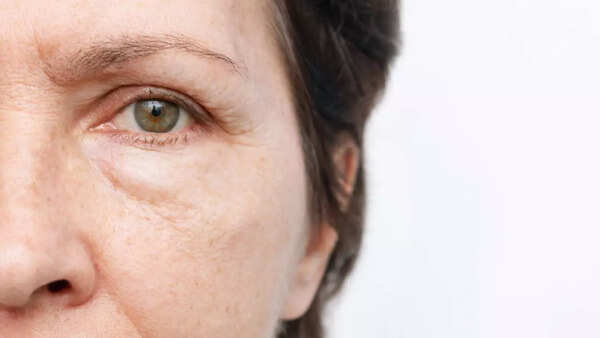
Why it matters: As liver function deteriorates, its ability to maintain proper protein synthesis and fluid balance diminishes. This results in capillary leakage and fluid buildup, causing puffiness, particularly around the eyes and cheeks.Health note: If puffiness persists despite normal sleep, low salt intake, and good hydration, consider checking liver function.
2. Skin discoloration: Yellowing, dark circles, and spider veins
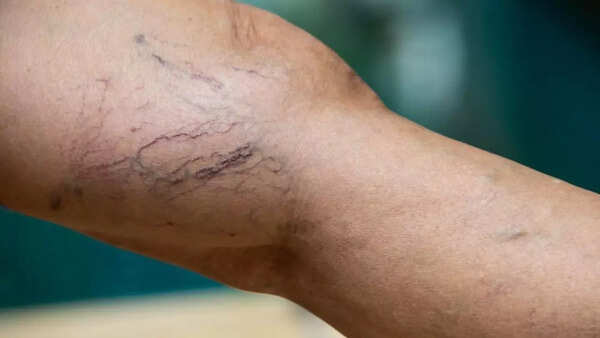
Yellow tint (Jaundice)
Observation: A yellow hue in the skin or the whites of your eyes. This is known as jaundice.Underlying cause: Bilirubin, a breakdown product of red blood cells, accumulates when the liver cannot process it effectively – a hallmark of advanced liver dysfunction.
Dark circles and hyperpigmentation
Observation: Persistent dark under‑eye circles or dusky patches, even with adequate rest.Possible cause: Toxin accumulation and impaired blood filtration due to liver strain can manifest as persistent dark circles. Insulin resistance – a common feature of NAFLD – can also cause acanthosis nigricans in skin folds like the neck.
Spider veins and rosacea
Observation: Small red lines (spider angiomas) across the cheeks or nose, or facial redness that’s blotchy and persistent.Why it shows: Impaired estrogen breakdown in liver disease increases blood flow to superficial vessels, causing spider veins. Additionally, inflammatory conditions like rosacea are linked to fatty liver.
3. Acne, oiliness, and mouth rashes
Observation: Unexpected adult acne, oilier skin, especially around the chin or jawline, and rashes or bumps around the mouth.
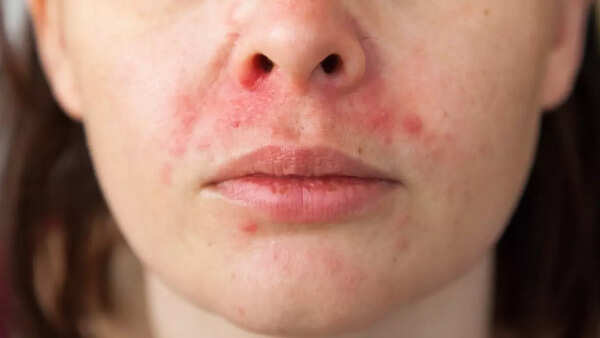
Connection:Acne and oily skin: When the liver’s detox and hormone regulation falter, androgen and toxin levels build up, leading to hormonal acne.Perioral rash: Chronic zinc deficiency – common in NAFLD – can trigger dermatitis around the mouth, visible as small fluid- or solid-filled bumps.
4. Itching, dryness, and an itchy rash
Observation: Constant itching or dryness on the face and facial skin rashes that don’t resolve with usual skincare.
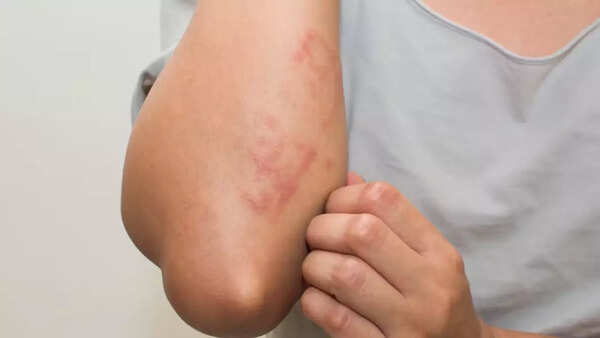
Medical insight: Itching (pruritus) is often due to bile salt buildup when liver excretory function is compromised.Dry red patches/rash: Linked to both nutrient deficiencies and toxin retention. Zinc deficiency may also worsen skin dryness and itching.
Why your face reflects your liver:
The liver is our primary detox and metabolic organ. When overwhelmed – by fat, toxins, or insulin resistance – its inability to filter effectively shows externally. Facial skin, highly visible and sensitive, becomes an early signal. Recognizing these signs allows for proactive intervention through diet, exercise, and medical evaluation.Your face is more than the reflection of your beauty – it can forewarn about your liver. Listen to your skin’s signals, get evaluated, and embrace lifestyle changes early. Early recognition can prompt action – medical guidance, lifestyle adjustments, and targeted nutrition – that often reverses fatty liver and restores both internal health and skin vitality. So, next time you take a close look standing in front of the mirror, listen to your skin – it might be protecting your liver.Disclaimer: This article is for informational purposes only and does not substitute professional medical advice, diagnosis, or treatment. Always consult a qualified healthcare provider before making any decisions based on this content. If you experience persistent facial changes or health concerns, please seek medical attention promptly.
